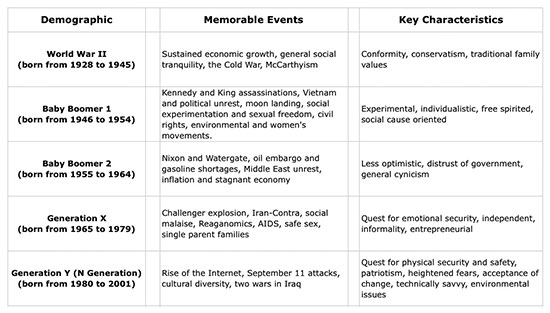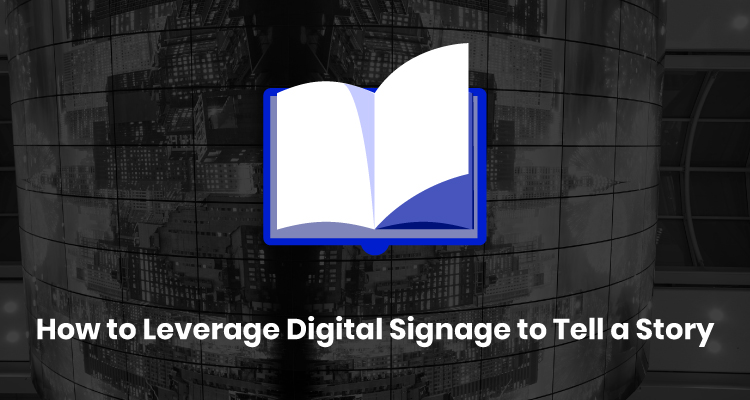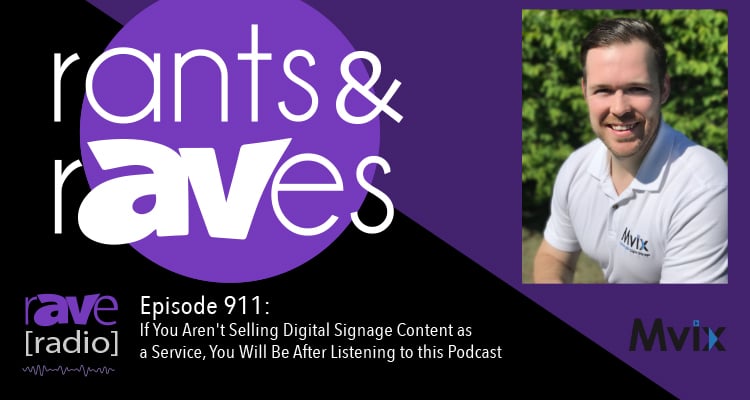Who’s Watching Anyway? Part 1
 The focus of this series “Power of Content” is to help people with content strategies and how they relate to digital signage. See the other parts here.
The focus of this series “Power of Content” is to help people with content strategies and how they relate to digital signage. See the other parts here.
I have often discussed the idea of making the content on a digital signage network relevant. Simply put, that means constructing content to carry a company’s messages in a manner that has meaning to the specific audience whose behavior the company is seeking to influence. In other words, “Who’s watching?”
This may seem a very complex array of inquisitions and research… but really understanding the process and who an audience is the first step in creating relevant content. Even before companies decide to make DOOH part of their marketing and communications strategy, they usually have a good idea of who the most likely buyers of their products or services will be. The choice of network depends in part on the habits of those buyers — digital signage needs to reach them in places they are most likely to be, at the times they are most likely to be there. But it is the content itself that takes its cue most directly from the intended audience. As with any type of marketing, a solid understanding of the audience is what will provide the keys to creating compelling content.
By combining audience understanding with the remarkable attributes of digital signage, marketers can begin to map out the content that will make their digital signage investment pay off.
Sometimes even the simplest truths can be forgotten when there’s a new technology to deploy. It’s no different with digital signage. People sometimes opt for the easier route of simply using any existing content they have to get their networks up quickly. Instead, everyone needs to start with the basic question: Who is going to buy (or who do I hope will buy) what I’m selling? Even if the answer is everyone, it’s still important to create different pieces of content that speak to broad demographic groups. Although an 18-year-old and an 80-year-old may both be targets for a company’s soft drink or credit card, those products will represent completely different things to people in those age groups, and the marketing messages will be just as different. The challenge of creating content for diverse demographic groups is also an opportunity to deliver a product offering in several different ways and often requires just slight changes to some elements that can speak to events or ideas of significance for those groups, as illustrated in this demographic chart.

If one can create content that understands the viewer and relates to that viewer with specific traits to that demographic, then one can drive messages that are very effective in making that connection with that consumer. What are their key characteristics that drive their emotions? What events most influenced their lives?
These are, of course, generalities. Each group comprises millions of Americans, and within each group are a multitude of differences relating to gender, ethnicity and sexual orientation; income, education and occupation; region, neighborhood,and home ownership status; religious and political beliefs; marital status, parental status and even pet ownership. It is vital to know which segments of these broad groups a piece of content will target and to be aware of the latest research on how those segments make purchase decisions.
For example, a recent baby boom along with the growth of women in the workforce has propelled the mommy segment to some prominence with marketers. Mothers of children younger than age 18 years (primarily spanning Generations X and Y) control enormous levels of disposable income and often are the main decision makers about a family’s spending—and they are motivated by that family orientation. It is estimated that about 75 percent of American mothers in this category have primary responsibility for the purchasing decisions about groceries and basic household supplies, and their opinions are overwhelmingly what determines the outcome of all family economic decisions.
The demographic landscape has changed in the last five years significantly. Baby Boomers are retiring at an accelerated rate and now have different concerns and motivations. And then there is the digital consumer who is born after 1980. They grew up in the back of the car with an iPad or using mom’s cell phone. They are a completely digital generation that thinks and acts differently than any generation before. It’s non-linear thinking. It’s any screen, anytime. It’s multitasking. The Millennial generation is more informal with its communications, having growing up texting in short thumb. The style in language one chooses to use to communicate will be important.
With most teens today it’s a continuous life on stage with “selfie” pictures on Facebook. The “selfie” acts almost like a location scout for a movie. They will even choose a location, friends and clothing; they think will make their perfect stage presence for the “photo shoot.”
The big news in creating content for the digital millennial generation is it has to be interactive and has to provide for a two way conversation. For instance, a place to create the photo and then share it. It can be a “Magic Mirror” in the dressing room where outfits the selfie tries on are shared across their social network and the feedback is live. Digital signage content cannot be passive for this young digital consumer. It must have relevant interaction and serve their need to share with the rest of the world and must provide a positive experience.





